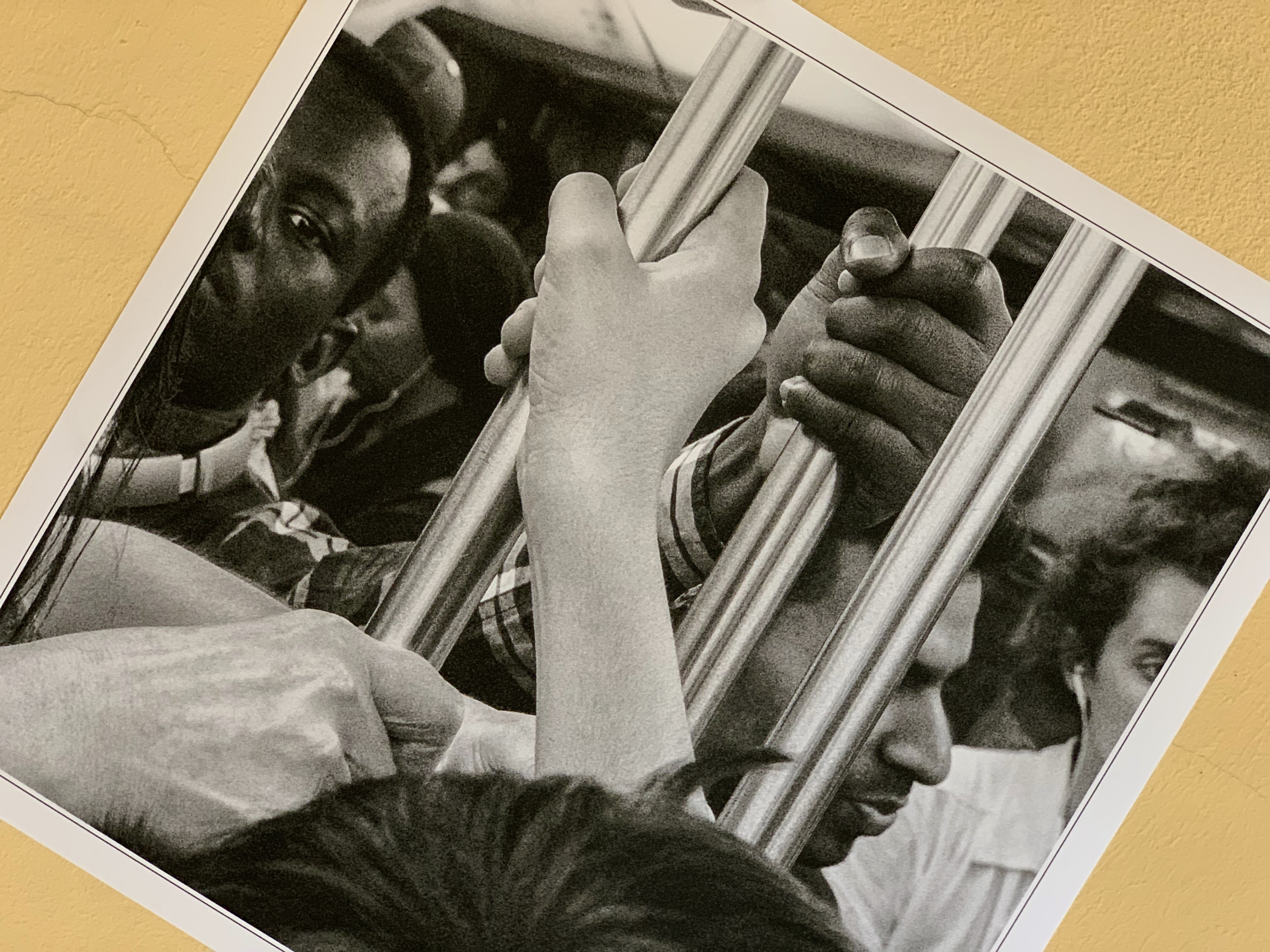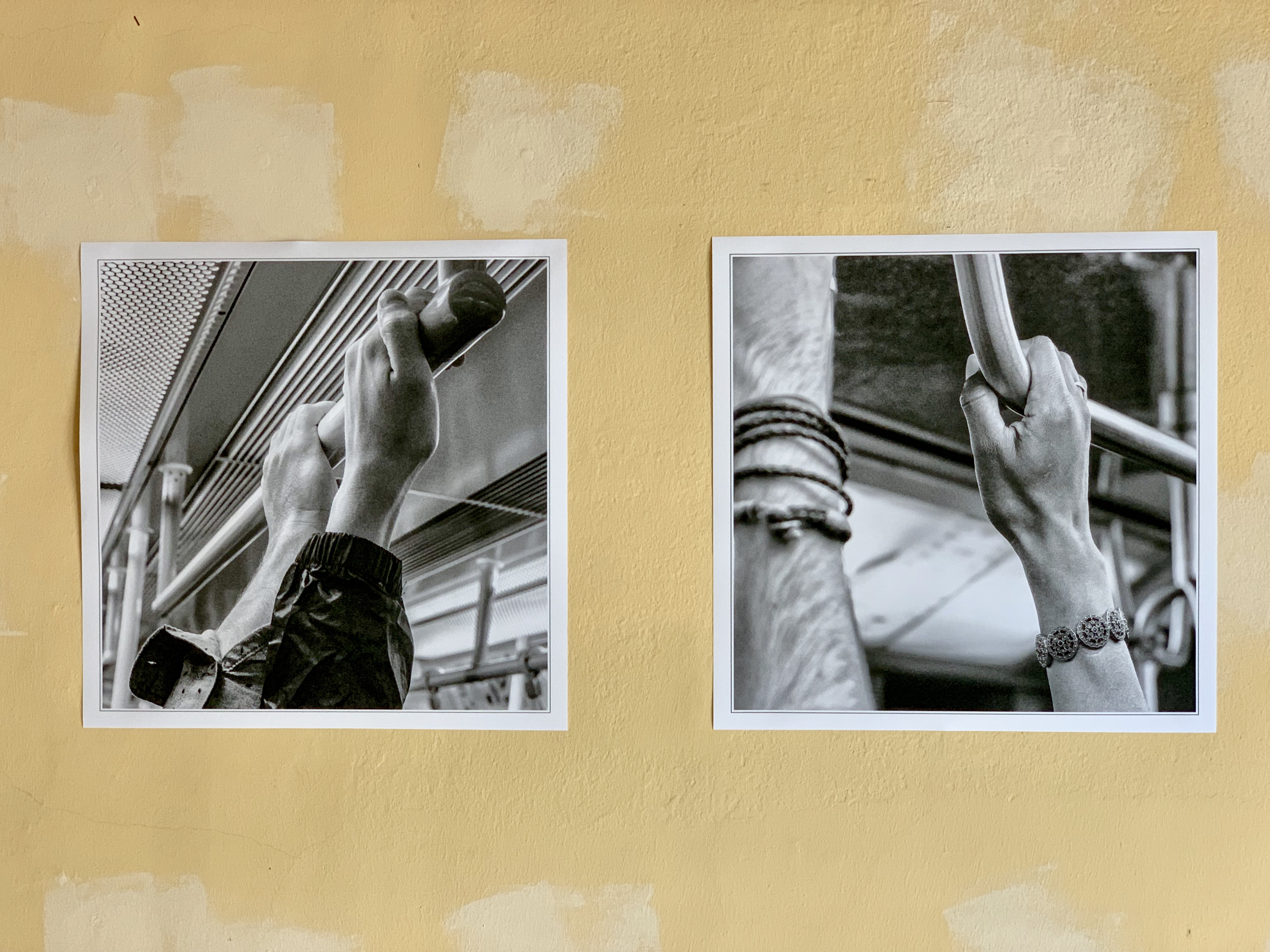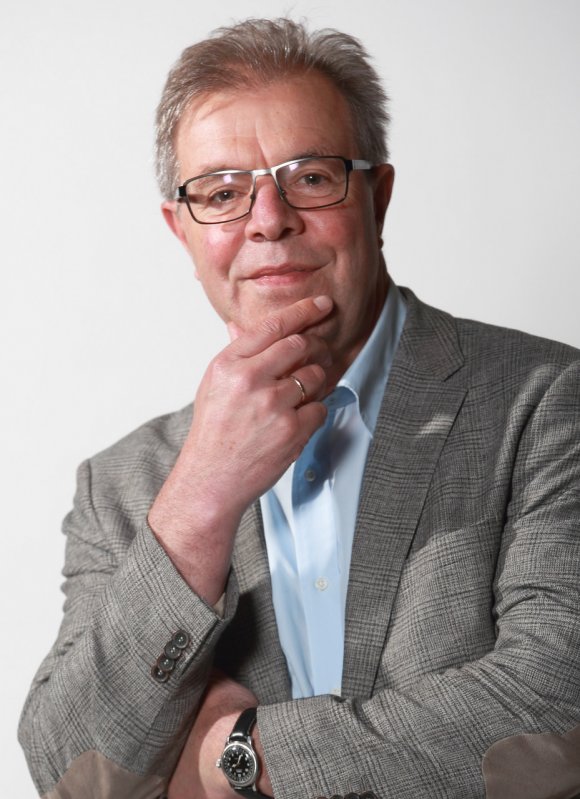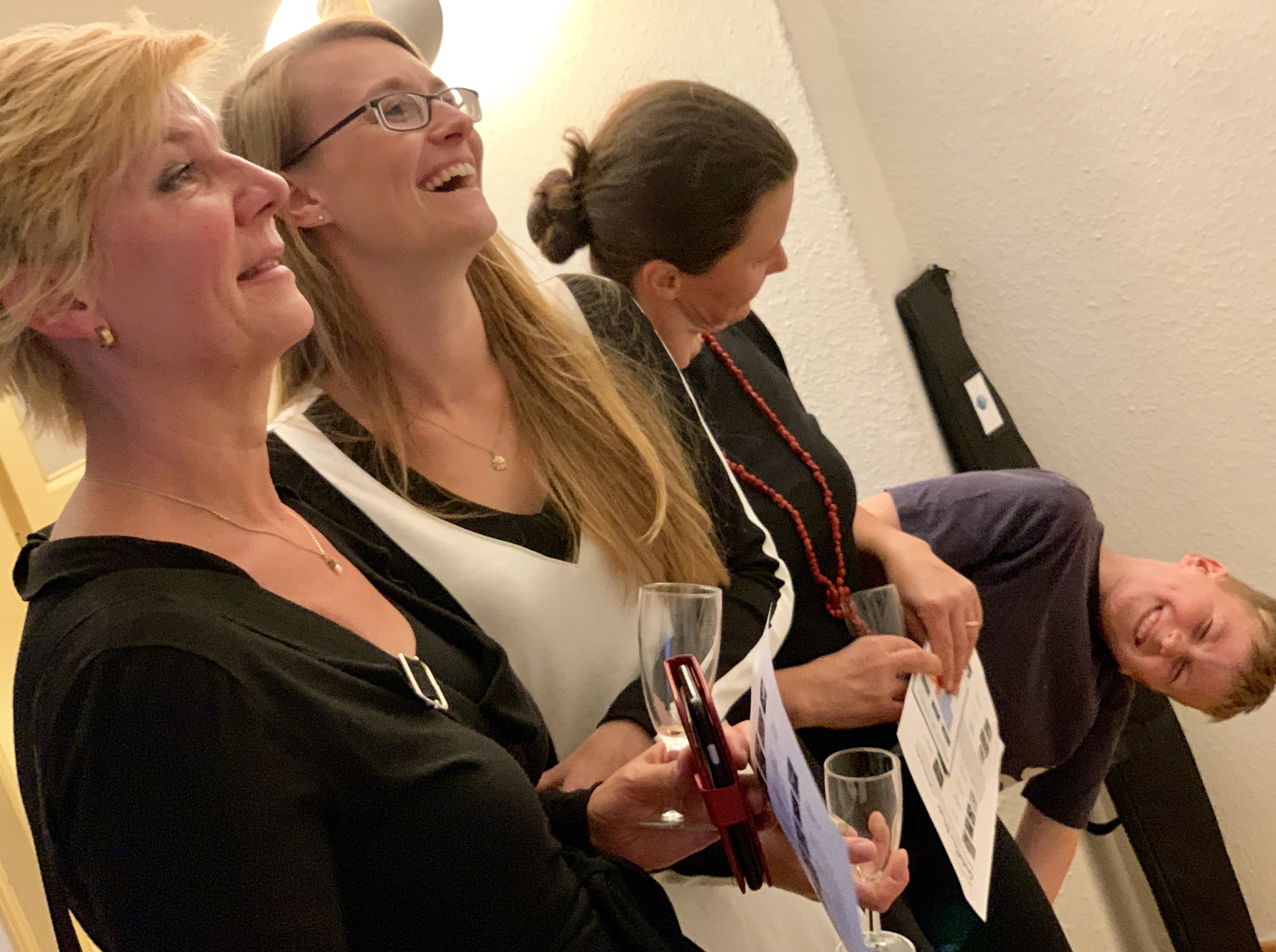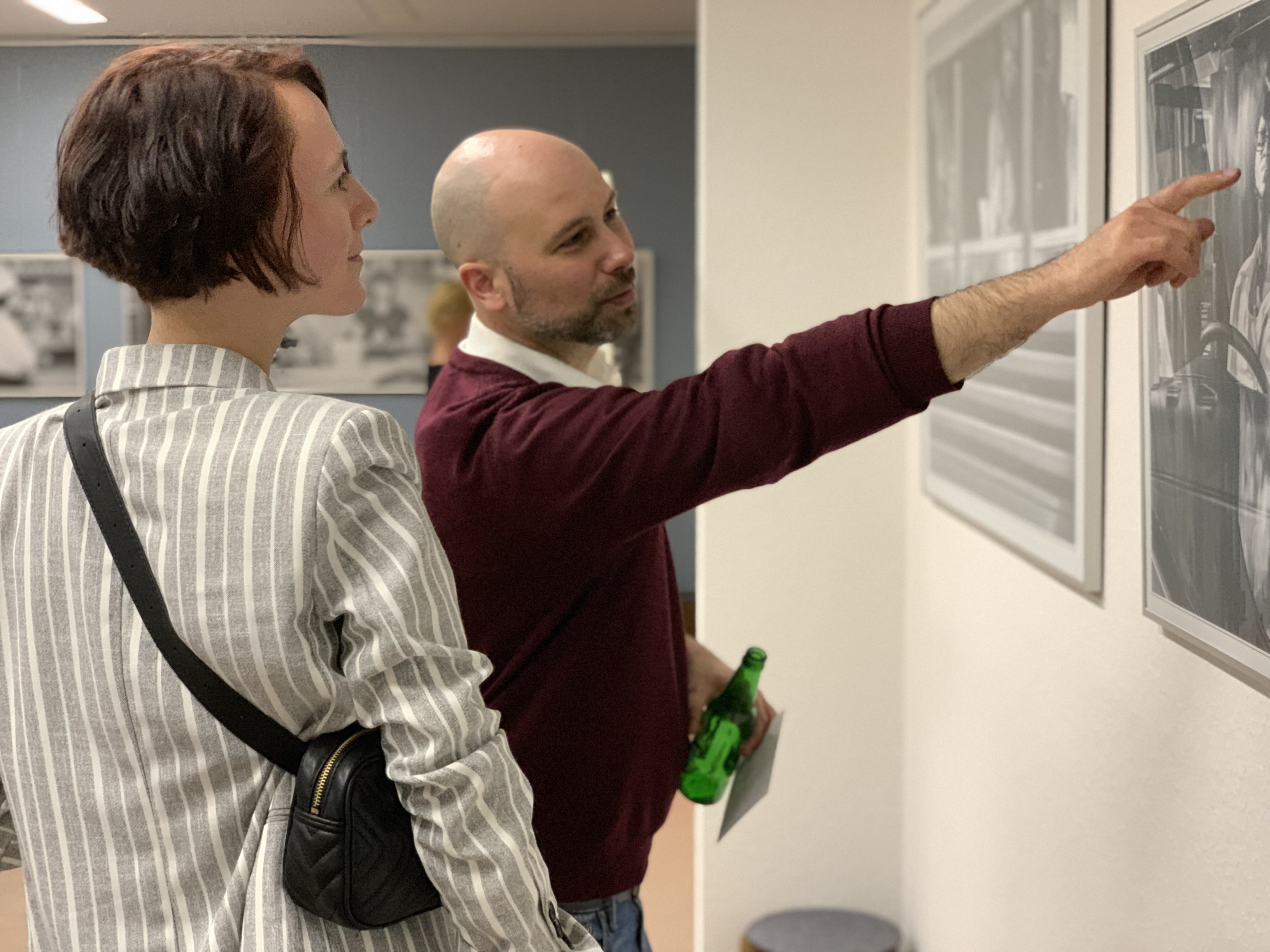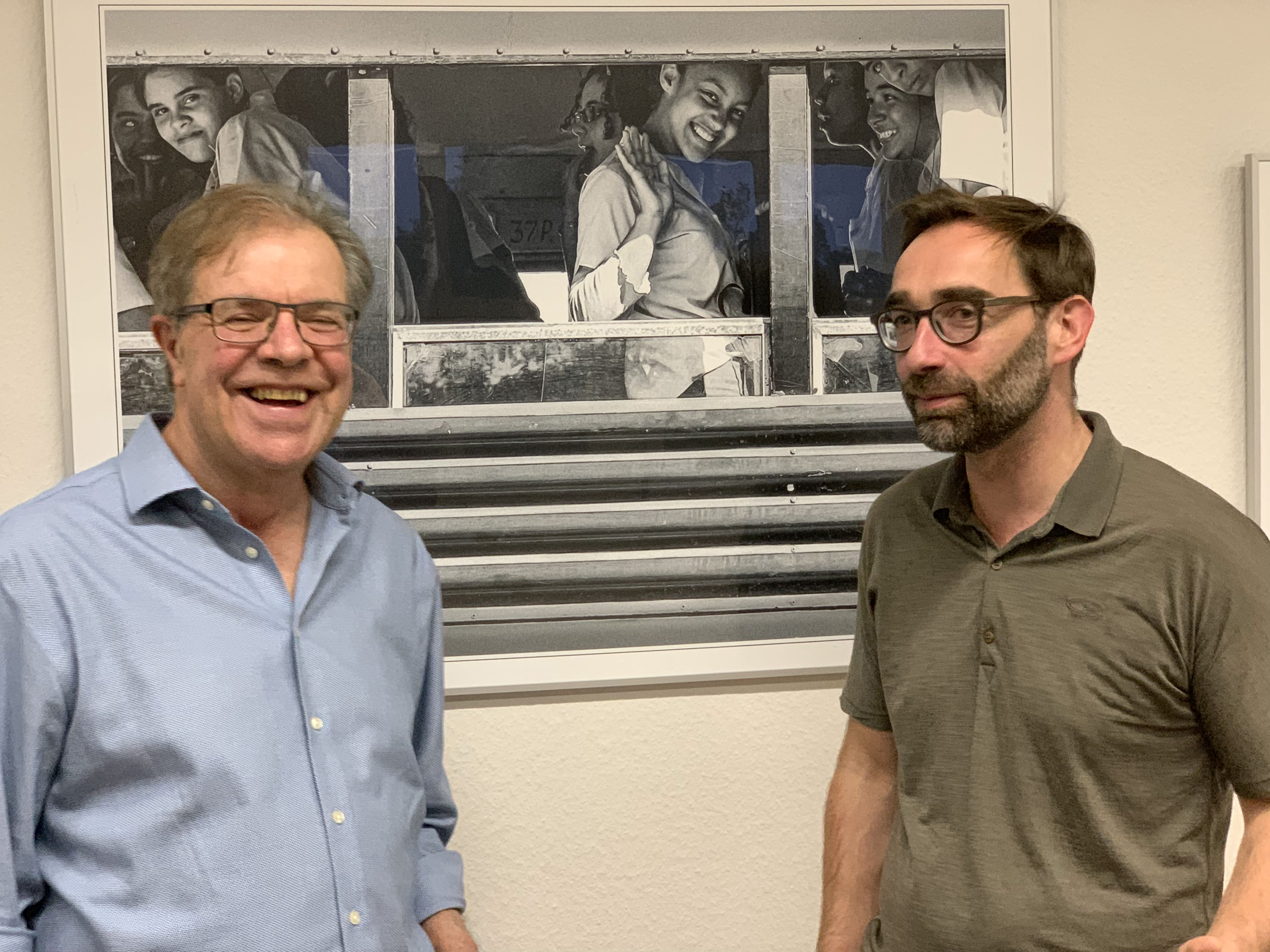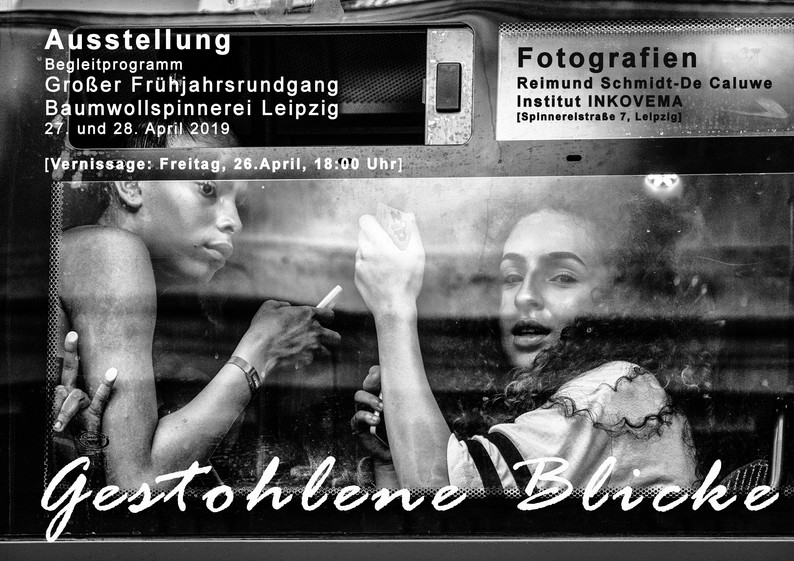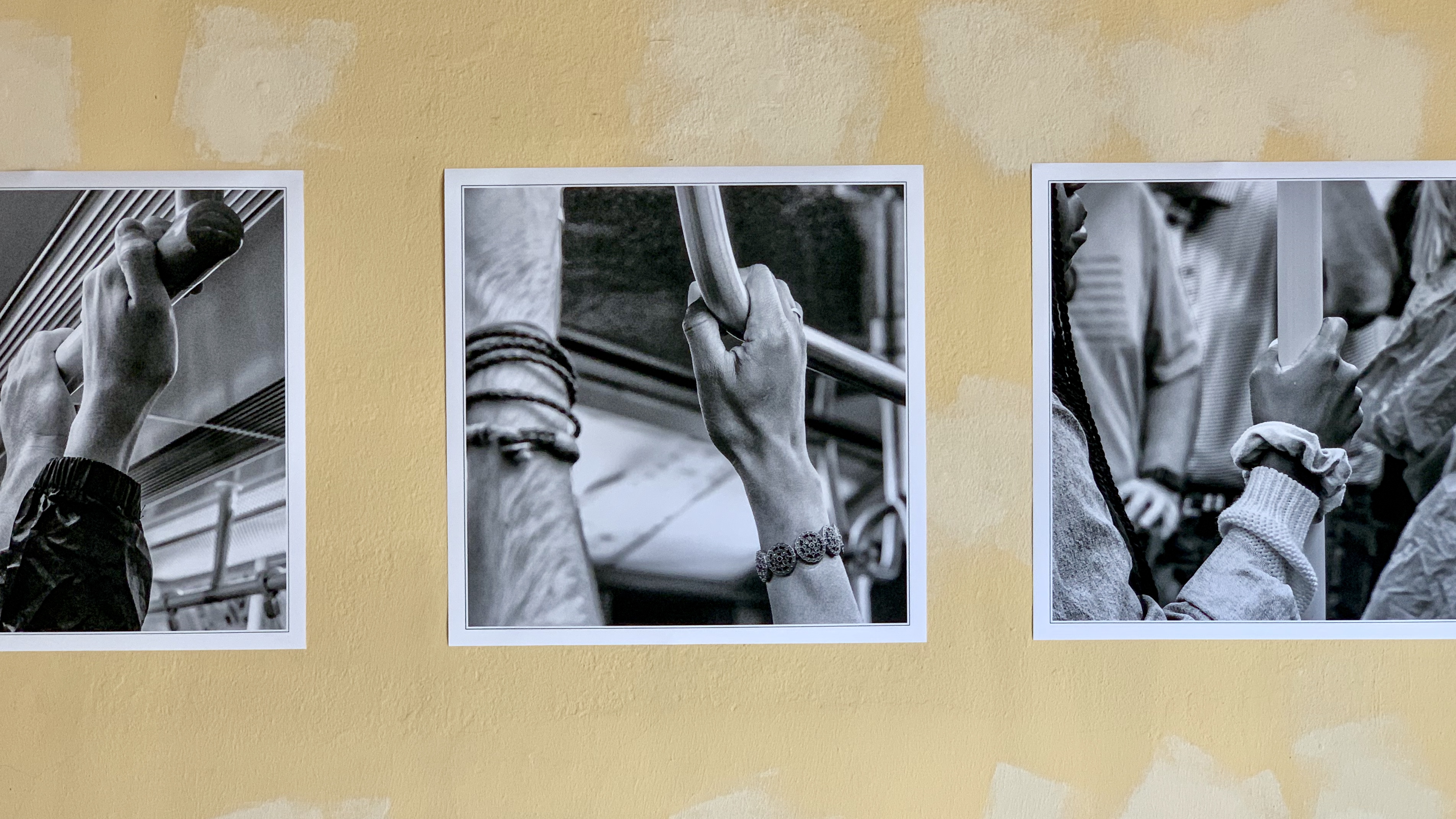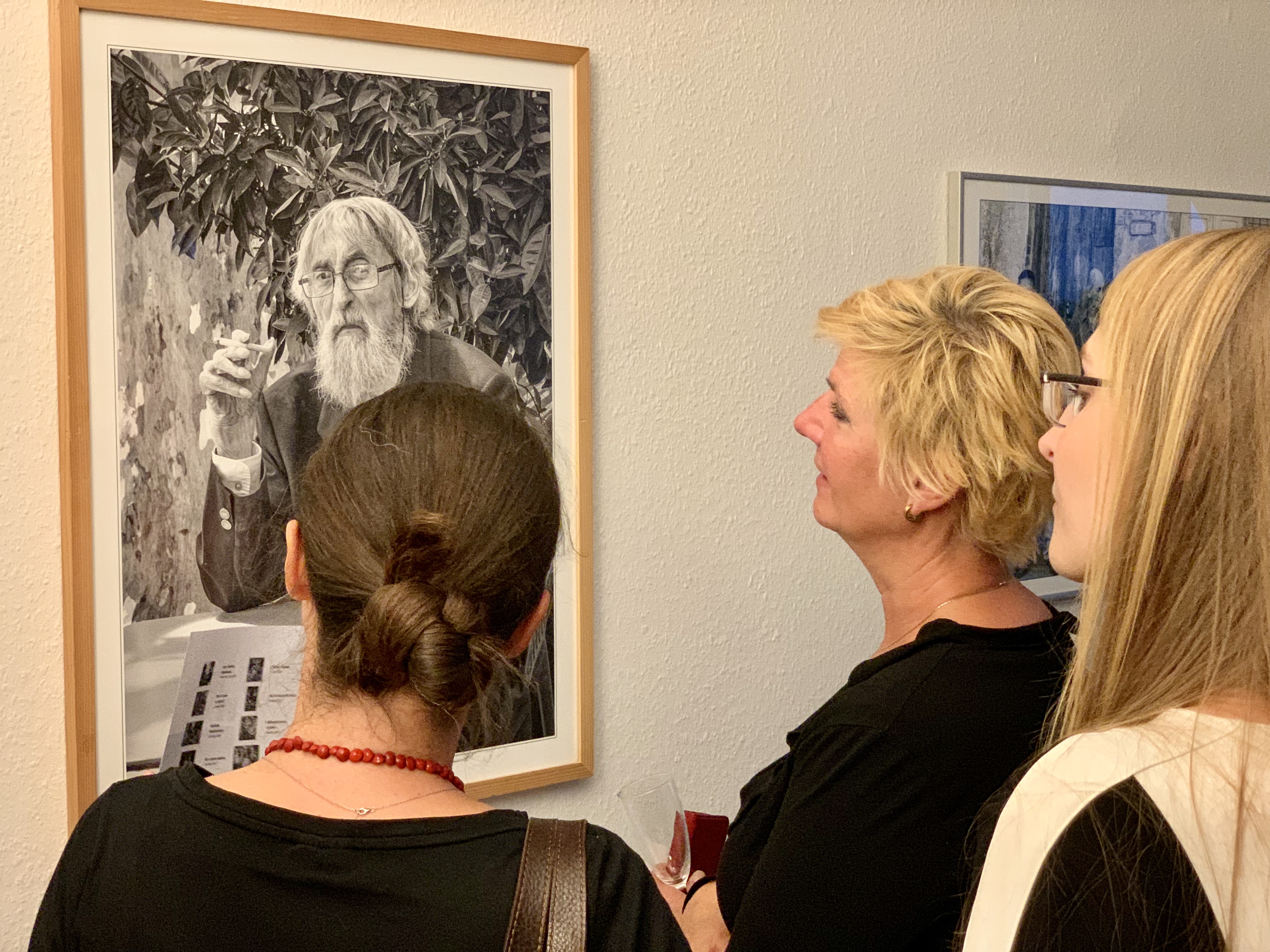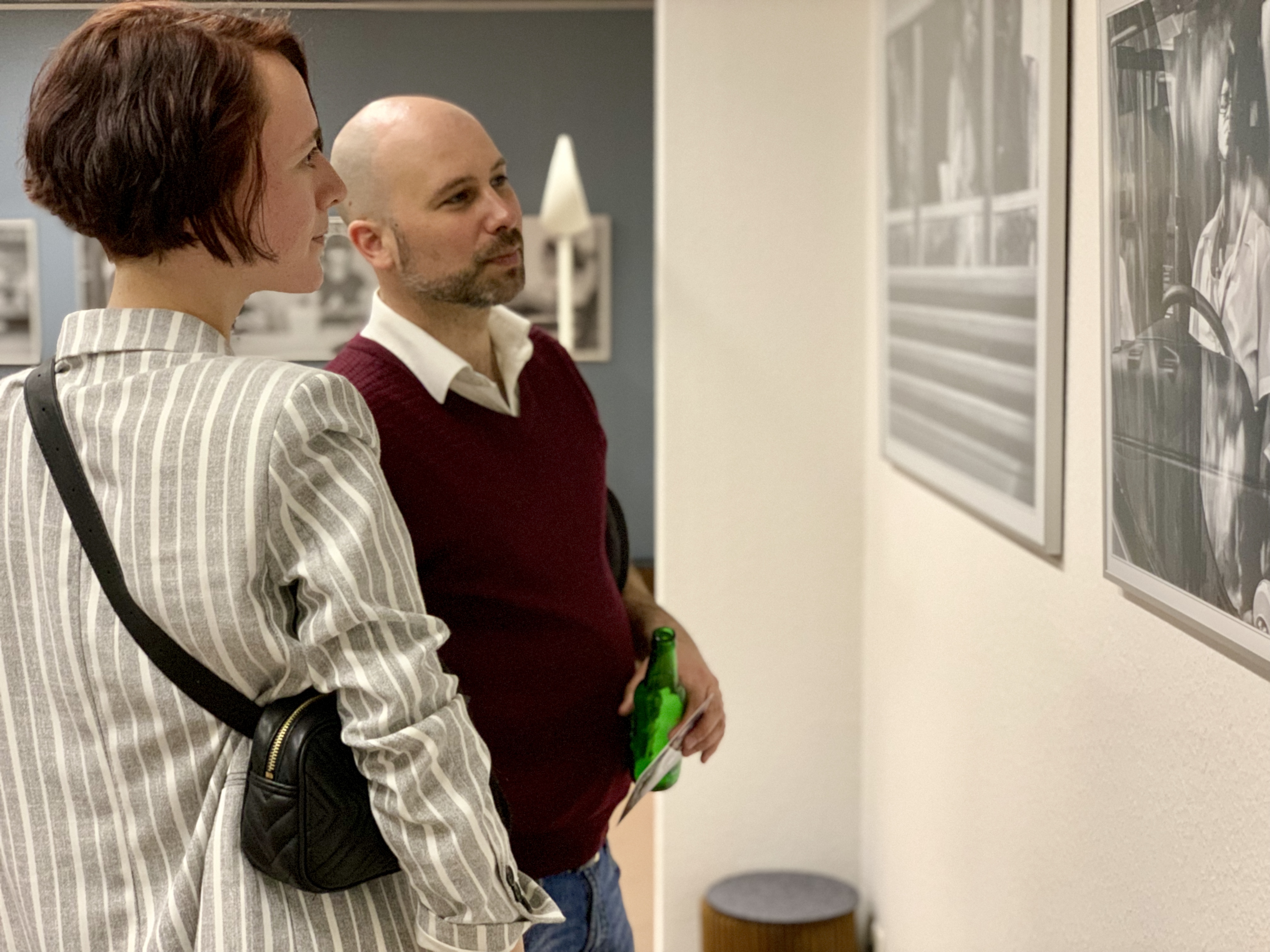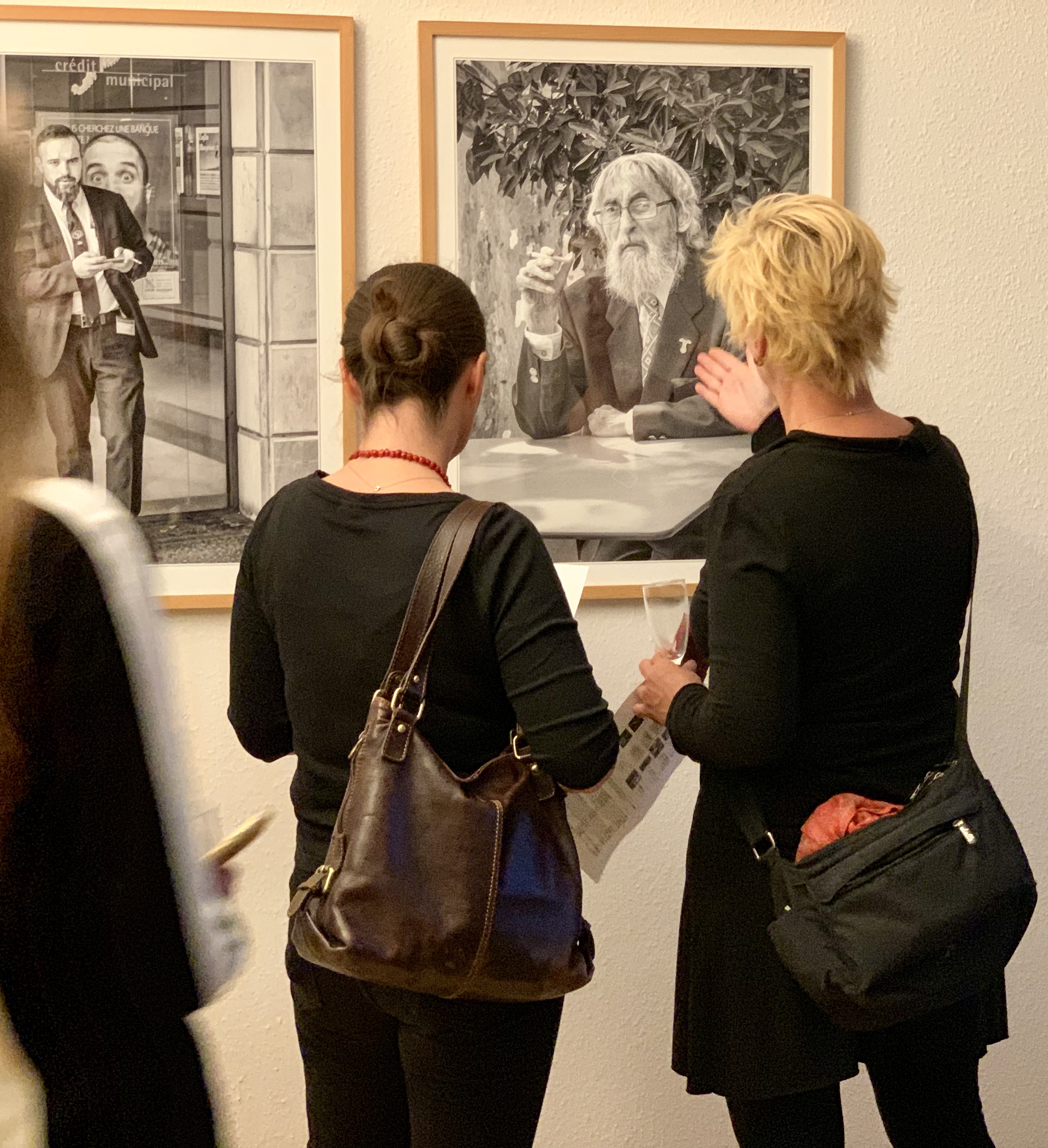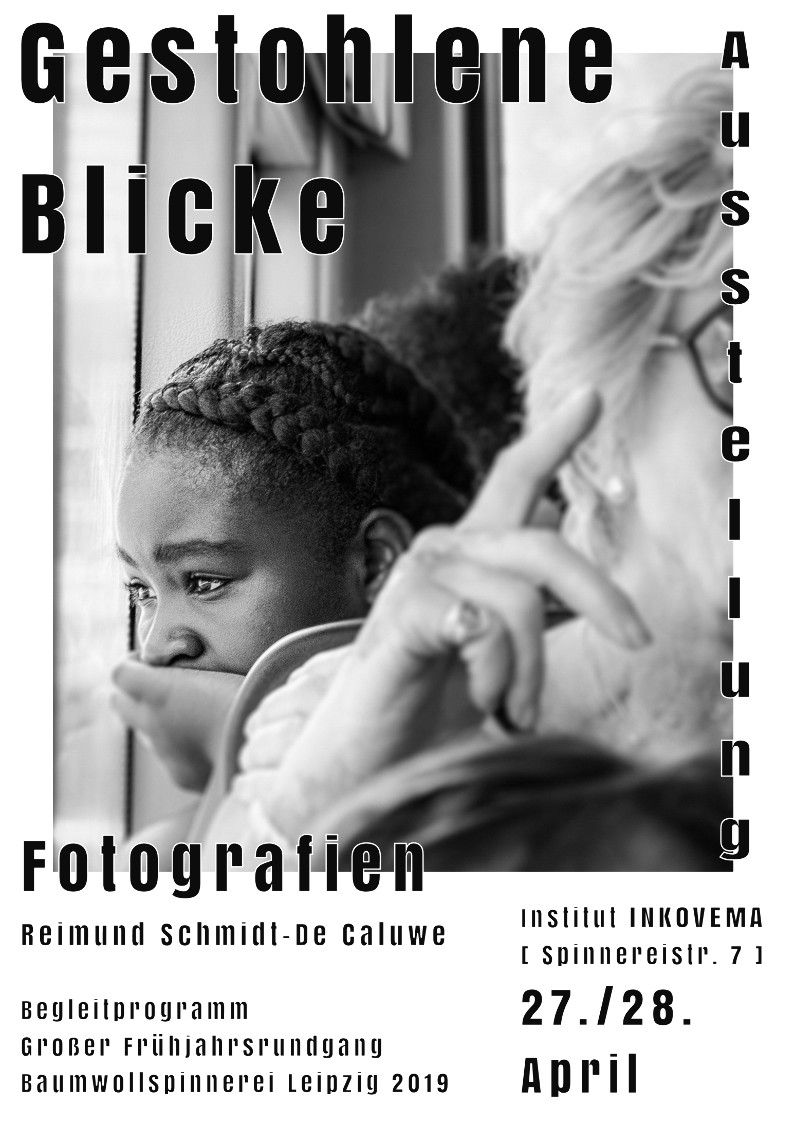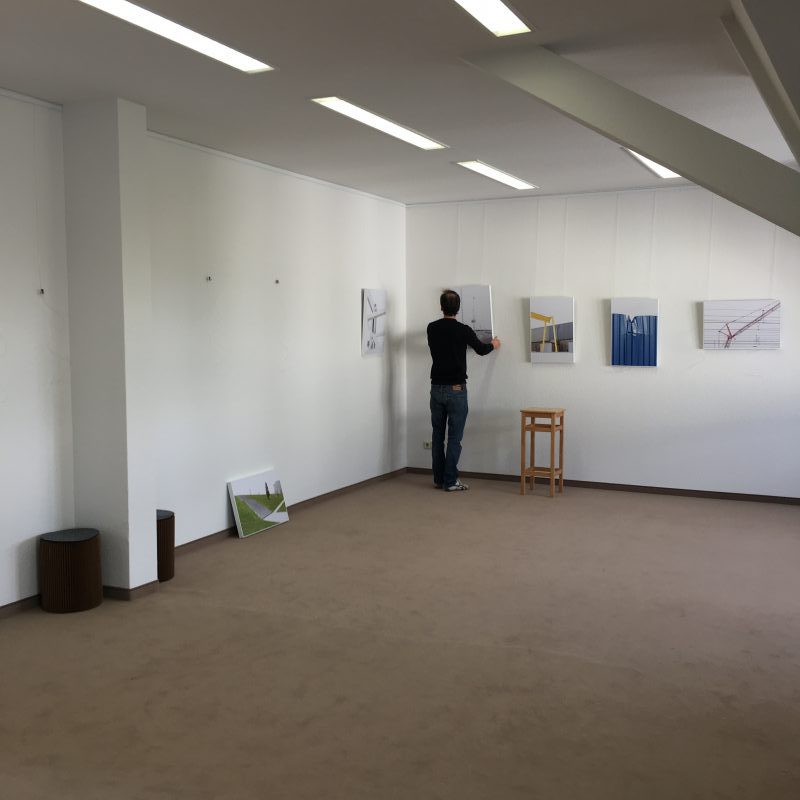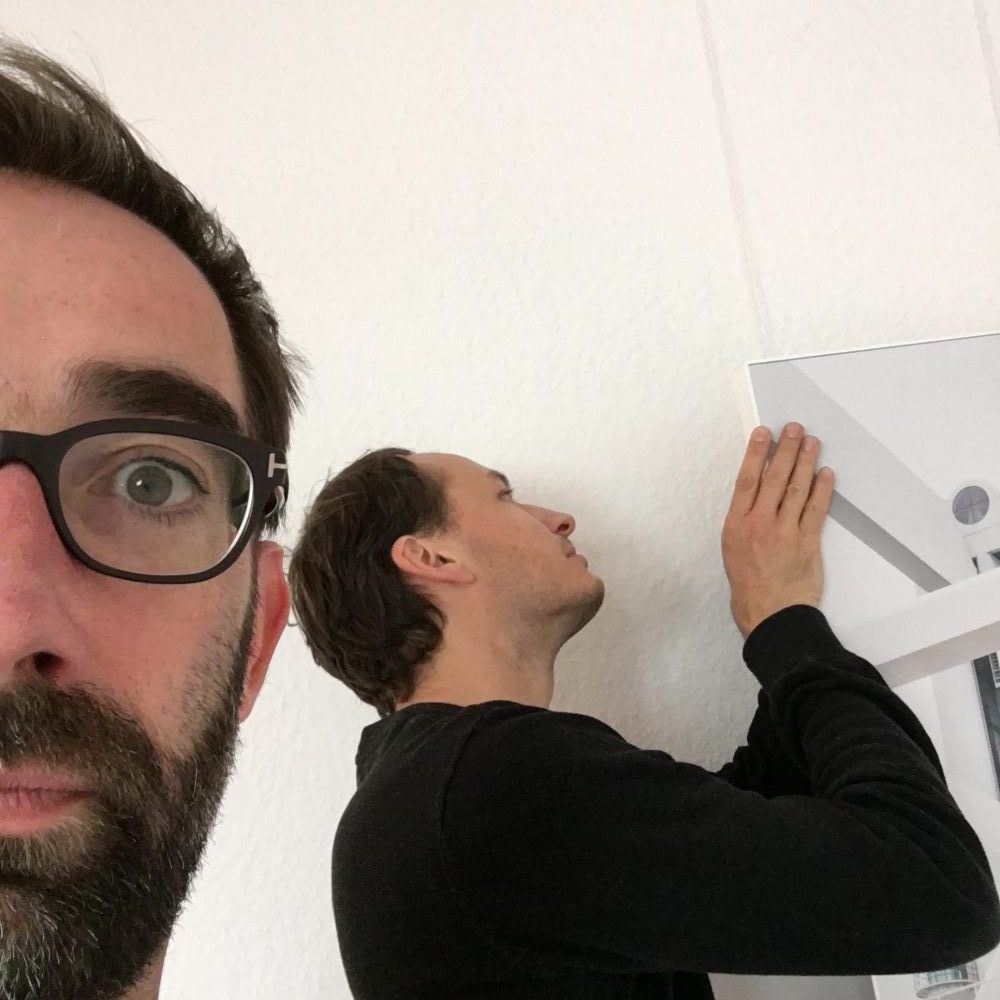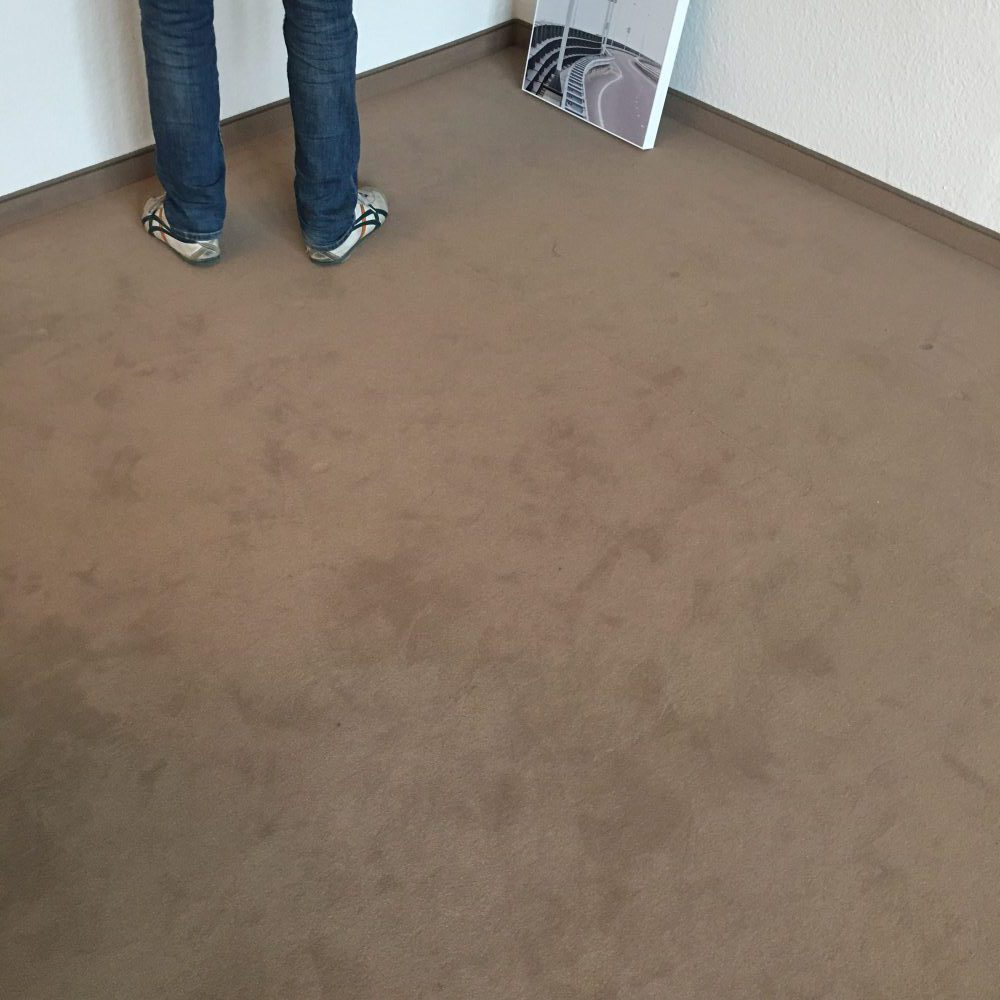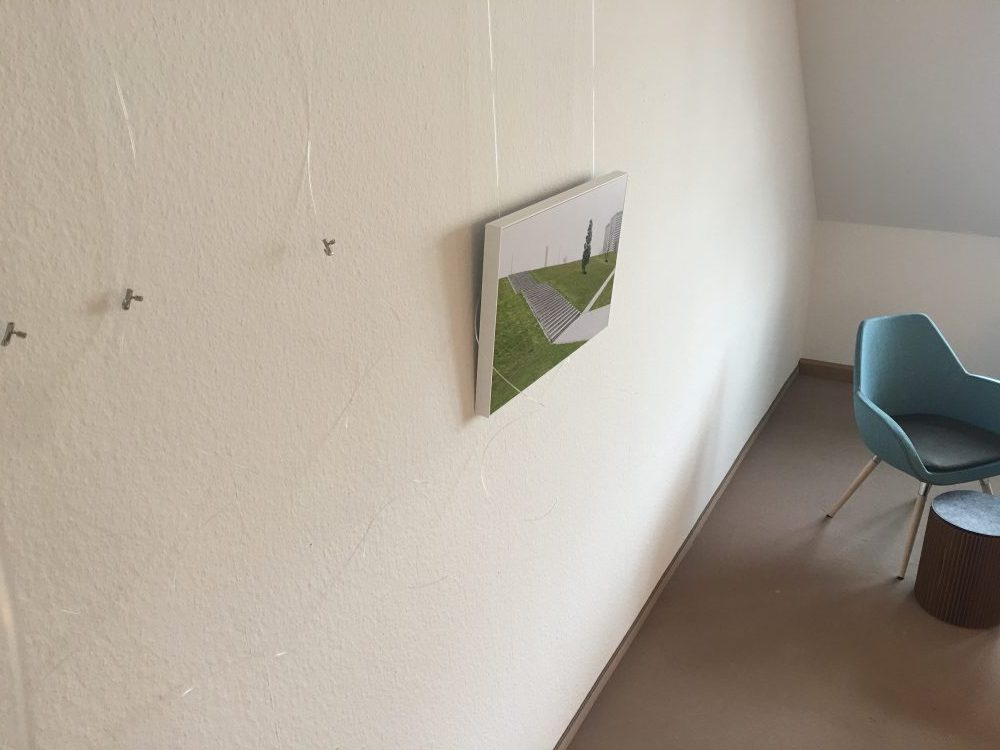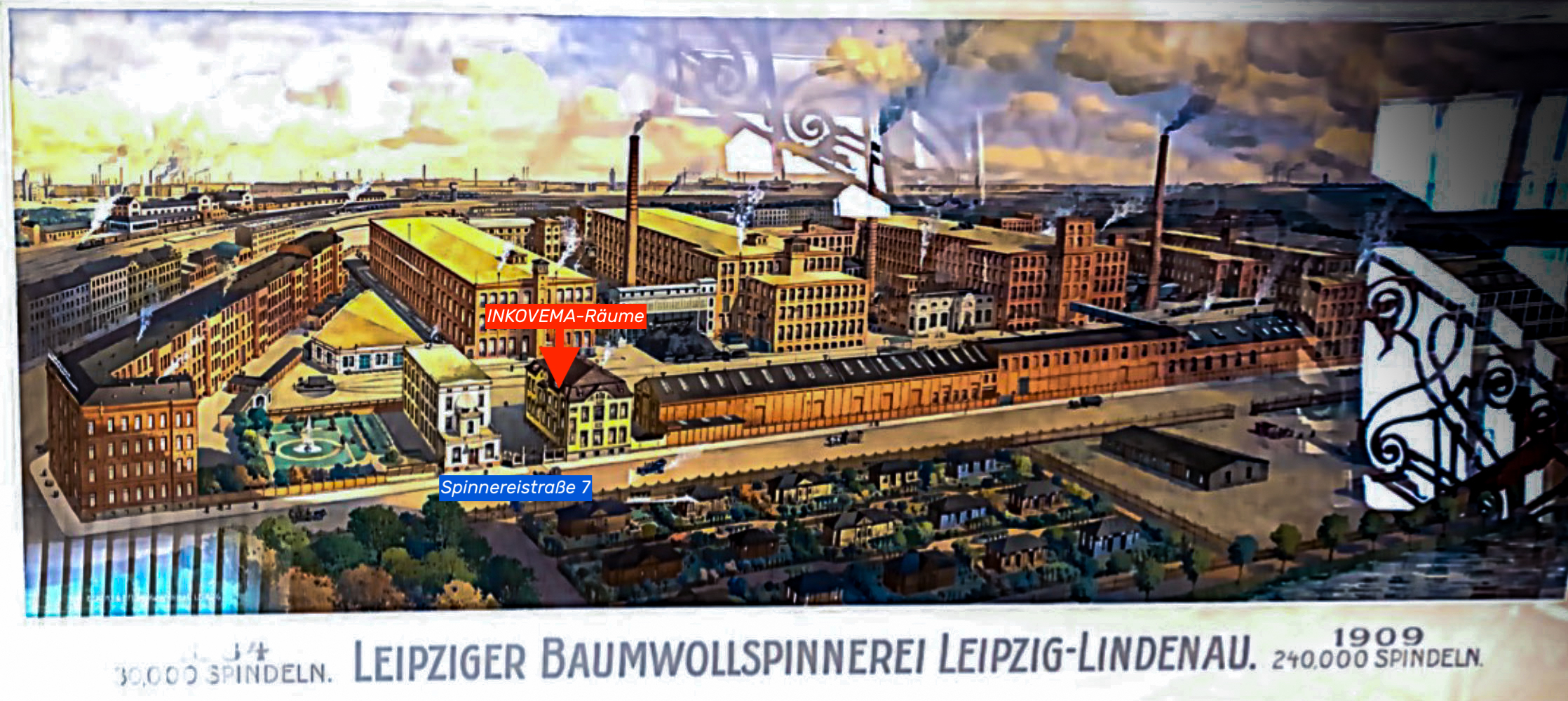Popup Gallery
2019-04 – Reimund Schmidt-De Caluwe – Stolen glances
Interview with Reimund Schmidt-De Caluwe, …
…Professor of Public Law at the University of Halle and the photographer of the exhibition at the Baumwollspinnerei Leipzig.
Mandy Weigel asked the questions.
The exhibition can be seen at the INKOVEMA Institute, Alte Baumwollspinnerei Leipzig, Spinnereistraße 7, administration building – during normal opening hours –.
Impressions of the vernissage in the INKOVEMA rooms
2017-09 – Gregor Nobis – Form/Function
INKOVEMA
since September 2017
at the spinning mill in Leipzig/Plagwitz.
The site of the former largest cotton spinning mill in Europe
- witnessed the industrial revolution in the past (in the 19th and 20th centuries),
- is today a globally recognised source of art and culture (New Leipzig Schoolsuch as Arno Rink, Neo Rauch)
- and is developing into an important starting point for the digital transformation in central Germany.
It is Good tradition The Spinnerei opens its doors every six months so that visitors from Leipzig and around the world can visit the studios, galleries, studios, offices and other workspaces. We are following this tradition.

